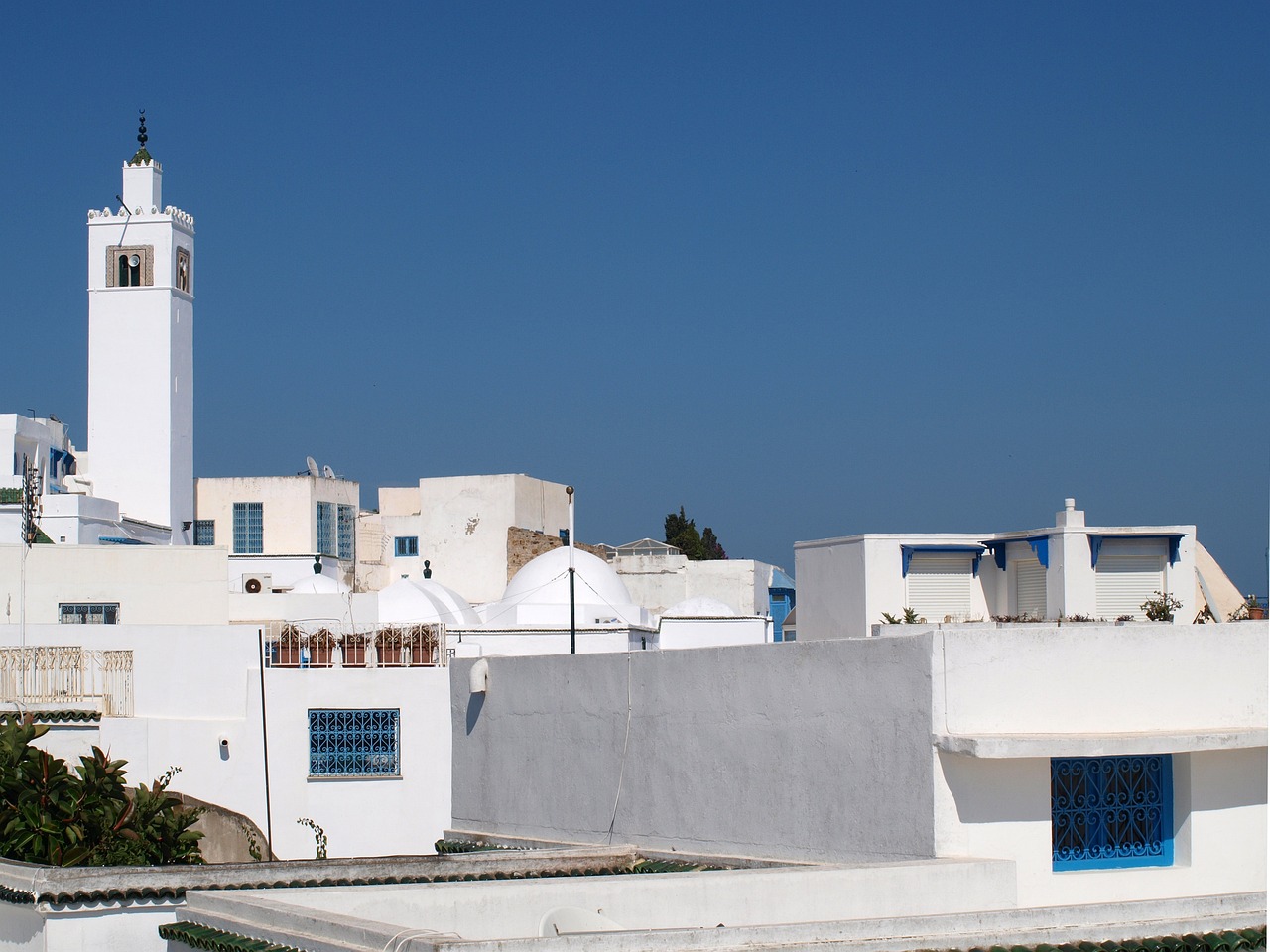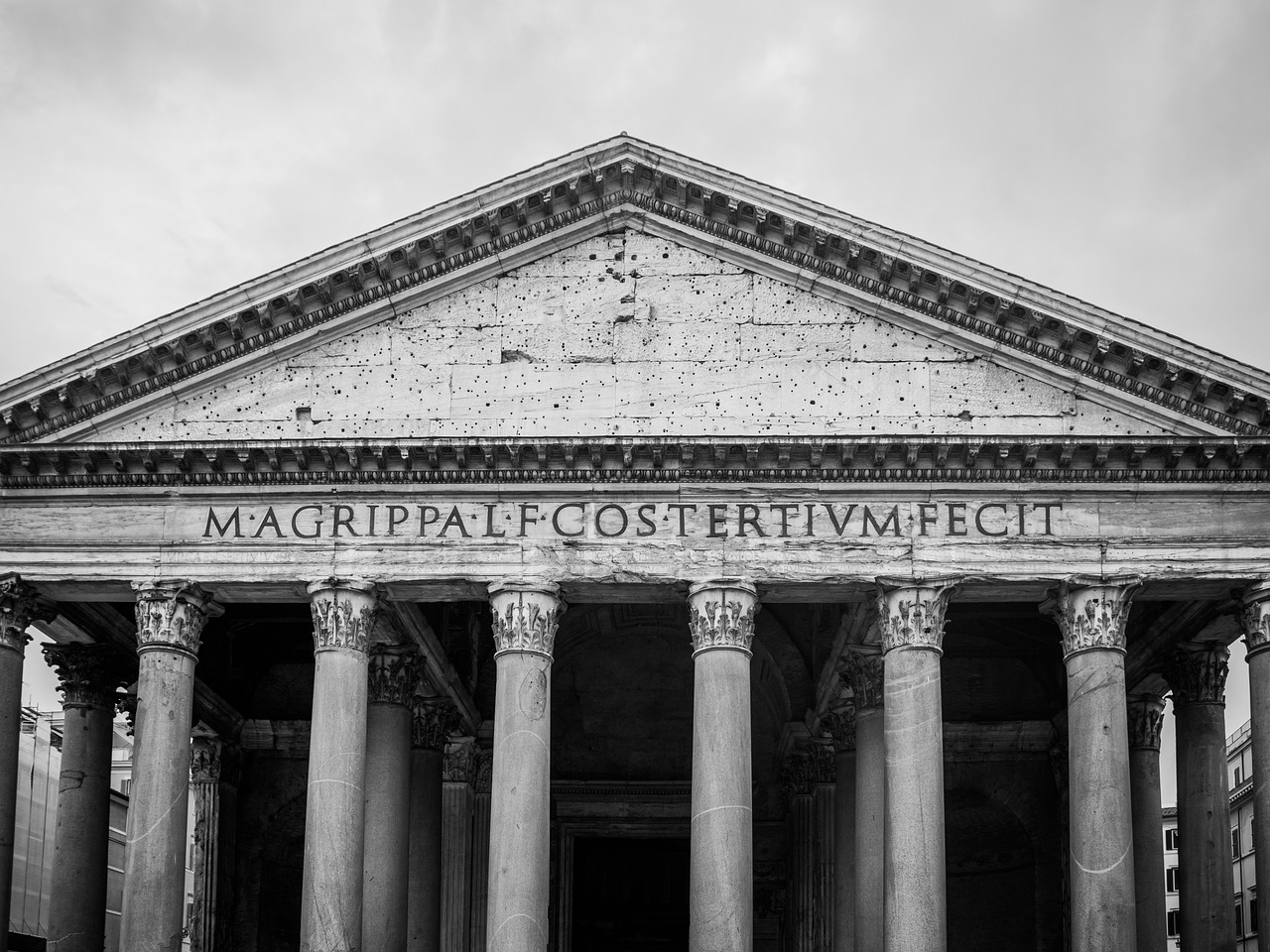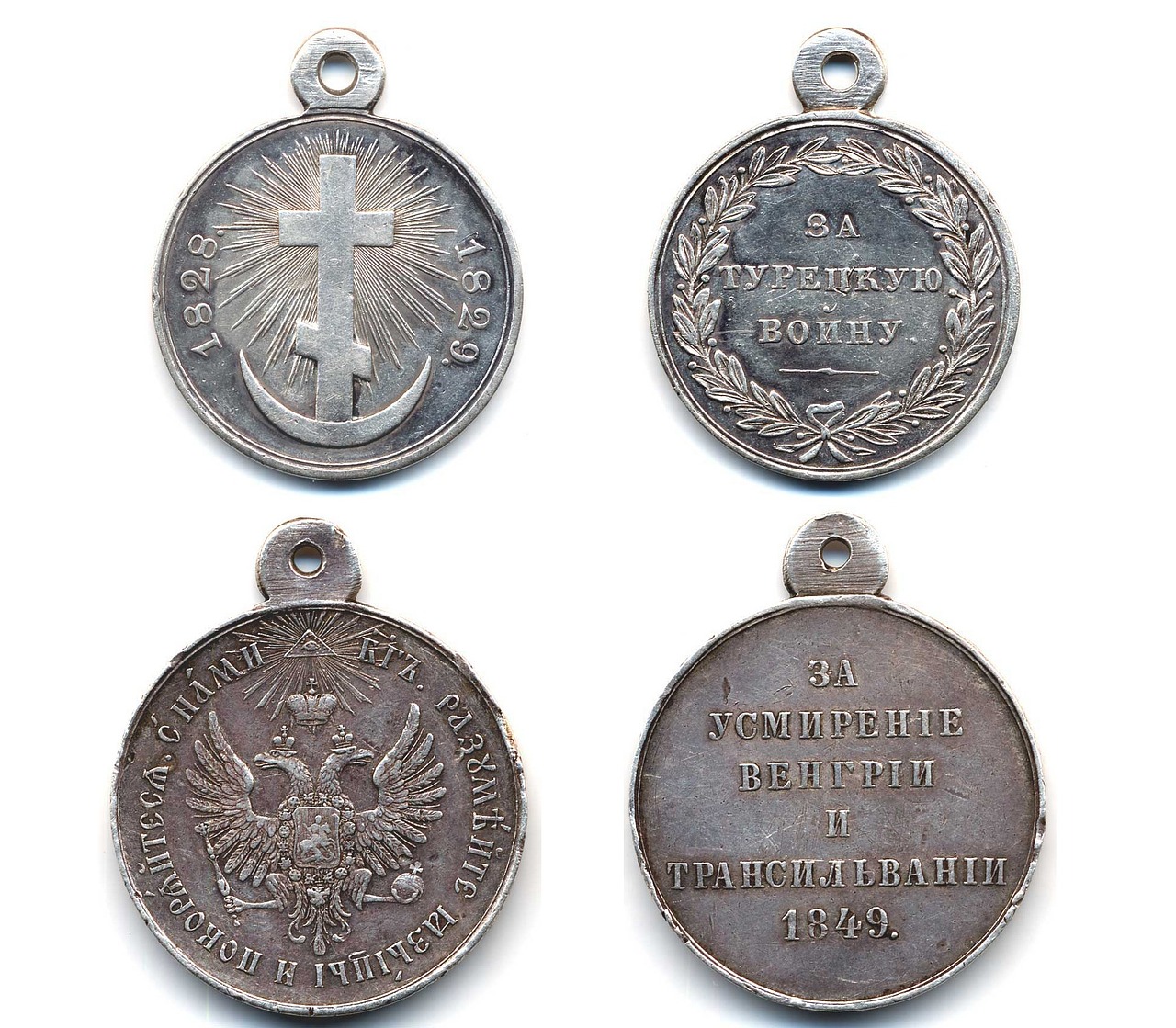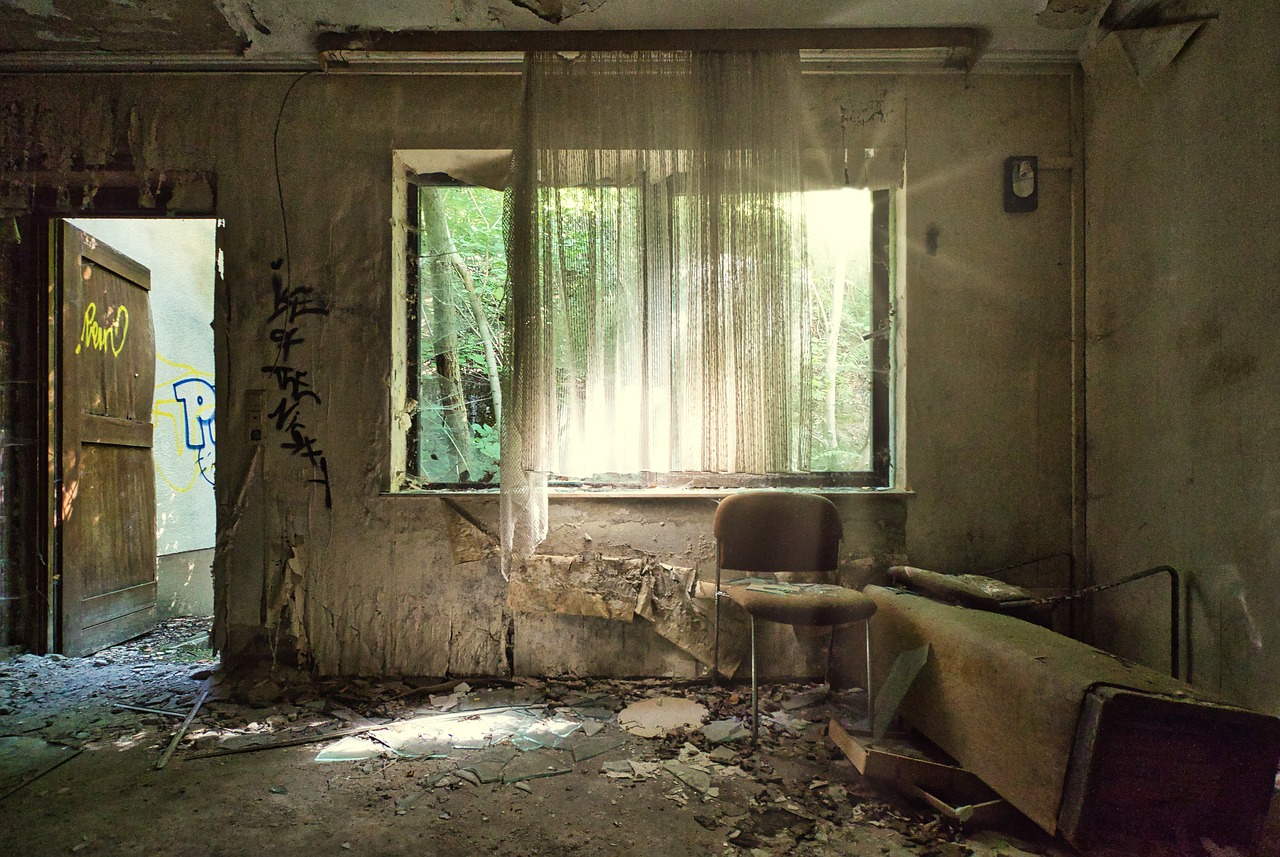The Rise and Fall of the Carthaginian Empire - Insights
Exploring the captivating saga of the Carthaginian Empire unveils a tapestry of conquests, intrigues, and ultimate downfall. This ancient civilization, once a formidable force in the Mediterranean, witnessed a rise to glory followed by a dramatic fall, leaving behind a legacy that continues to intrigue historians and enthusiasts alike.
Founded amidst legend and ambition, Carthage emerged as a maritime powerhouse, strategically positioned for trade and expansion. Its early years were marked by a blend of Phoenician heritage and indigenous influences, setting the stage for future dominance in the region.
Central to the empire's narrative is the figure of Hannibal Barca, a military genius whose daring campaigns during the Second Punic War shook the foundations of Rome. Hannibal's tactical brilliance and audacious strategies challenged the might of the Roman Republic, showcasing the prowess of Carthaginian military prowess.
The rivalry between Carthage and Rome, culminating in the infamous Punic Wars, defined an era of conflict and power struggles. These epic showdowns, filled with treachery and heroism, shaped the destinies of both empires, with each vying for supremacy over the ancient world.
At the heart of Carthage's strength lay its economic foundations, built upon extensive trade networks, innovative agricultural practices, and thriving commercial activities. These economic pillars fueled the empire's prosperity and influence, enabling it to wield power across the Mediterranean.
The political structure of Carthage, characterized by a complex system of governance and the dominance of the ruling elite, played a crucial role in shaping its trajectory. Internal dynamics, intricate power struggles, and shifting alliances all contributed to the empire's resilience and vulnerabilities.
Delving into the religious practices of the Carthaginian people reveals a rich tapestry of beliefs, rituals, and deities that permeated every aspect of society. The influence of religion on governance, culture, and daily life underscored the spiritual fabric that bound the empire together.
Reflecting on the enduring legacy of Carthage unveils a legacy of innovation, artistry, and technological advancements that left an indelible mark on the ancient world. Despite its eventual decline, the empire's contributions to art, culture, and governance continue to resonate through the annals of history.

Origins of Carthage
Exploring the history, conquests, and ultimate decline of one of the ancient world's most powerful civilizations, the Carthaginian Empire, offering insights into the key events and factors that shaped its trajectory.
The origins of Carthage trace back to the Phoenician colony founded in 814 BC by Queen Dido. Situated on the coast of present-day Tunisia, Carthage quickly grew into a bustling city-state due to its strategic location for trade in the Mediterranean. The city's early prosperity was fueled by its maritime activities, with a strong focus on commerce and naval power.
As Carthage expanded its influence across the region, it established colonies and trading posts along the North African coast and Mediterranean islands. This network of settlements formed the backbone of Carthage's economic power, facilitating the exchange of goods and resources that enriched the empire.
One of the defining characteristics of Carthage was its ability to adapt and assimilate diverse cultural influences. The city's cosmopolitan nature attracted merchants, artisans, and scholars from various backgrounds, contributing to its vibrant and dynamic society. This cultural diversity played a crucial role in shaping Carthage's identity and setting it apart from its rivals.
Over time, Carthage evolved into a dominant force in the Mediterranean, challenging the established powers of the era and carving out a formidable empire that rivaled even Rome. The city's rise to prominence was marked by a combination of strategic alliances, military conquests, and economic prowess, solidifying its position as a major player on the ancient world stage.
Despite its impressive achievements, Carthage's success was not without its challenges. The city faced internal strife, external threats, and fierce competition from rival powers, most notably Rome. These factors would ultimately contribute to the gradual decline and eventual fall of the Carthaginian Empire, bringing an end to one of the most influential civilizations of antiquity.
- What were the major contributions of the Carthaginian Empire to art and culture?
- How did the religious beliefs of the Carthaginian people influence their society and governance?
- What lessons can be learned from the rivalry between Carthage and Rome?
- What impact did Hannibal's campaigns have on the Carthaginian Empire?

Hannibal's Campaigns
Exploring the history, conquests, and ultimate decline of one of the ancient world's most powerful civilizations, the Carthaginian Empire, offering insights into the key events and factors that shaped its trajectory.
Hannibal Barca, a name that resonates through the annals of history as a symbol of military brilliance and strategic acumen. The Second Punic War witnessed his daring campaigns that shook the foundations of the Roman Republic. Leading his army, including the legendary elephants, across the Alps, Hannibal stunned the world with his audacious move. The battles of Cannae and Trebia stand as testaments to his tactical genius, outmaneuvering and outwitting Roman forces at every turn.
His unconventional warfare tactics, such as the double envelopment strategy, showcased his innovative approach to combat. By exploiting the weaknesses of his enemies and capitalizing on his strengths, Hannibal posed a formidable threat to Rome's dominance in the Mediterranean. The victories he achieved reverberated across the ancient world, instilling fear in the hearts of Rome's allies and emboldening Carthage's supporters.
The legacy of Hannibal's campaigns transcends mere military conquests; it symbolizes the triumph of intellect and strategy over sheer brute force. Despite facing insurmountable odds and enduring hardships, Hannibal's unwavering determination and strategic brilliance left an indelible mark on the history of warfare. His campaigns continue to be studied and admired by military tacticians and historians alike, serving as a timeless example of leadership and innovation in the face of adversity.

Rivalry with Rome
Exploring the history, conquests, and ultimate decline of one of the ancient world's most powerful civilizations, the Carthaginian Empire, offering insights into the key events and factors that shaped its trajectory.
The rivalry between Carthage and Rome was a defining feature of the ancient world, marked by intense conflicts and power struggles that shaped the course of history. The series of wars known as the Punic Wars were pivotal in determining the dominance of these two ancient superpowers. Both Carthage and Rome sought to expand their territories and influence, leading to fierce competition and clashes that left a lasting impact on the Mediterranean region.
Carthage, with its powerful navy and strategic location in North Africa, posed a significant threat to Rome's ambitions for territorial expansion. The First Punic War marked the beginning of the intense rivalry between the two powers, as they vied for control over Sicily and the western Mediterranean. Despite setbacks and losses on both sides, the conflict only served to escalate tensions and set the stage for further confrontations.
One of the most renowned figures in this rivalry was Hannibal Barca, the Carthaginian general known for his bold and innovative military tactics. Hannibal's daring campaign across the Alps during the Second Punic War took Rome by surprise and inflicted significant losses on its armies. His strategic brilliance and ability to outmaneuver Roman forces made him a formidable adversary, earning him a place in history as one of the greatest military leaders of all time.
The rivalry between Carthage and Rome reached its climax with the Third Punic War, which resulted in the complete destruction of Carthage as a major power. The city was razed to the ground, its territories annexed by Rome, and its people either killed or sold into slavery. The fall of Carthage marked the end of an era and solidified Rome's dominance in the Mediterranean world.
Despite its ultimate defeat, the legacy of Carthage continued to influence the ancient world, leaving behind a rich cultural heritage and lessons that would resonate for centuries to come. The rivalry with Rome remains a testament to the enduring impact of power struggles and the consequences of ambition and conflict in shaping the course of history.

Economic Foundations
The economic foundations of the Carthaginian Empire were deeply rooted in its extensive trade networks, strategic geographical location, and advanced agricultural practices. Carthage, situated in North Africa along the coast of the Mediterranean Sea, thrived as a commercial hub connecting various regions through maritime trade routes. The city-state's prosperity was built upon its control of vital sea lanes, allowing for the exchange of goods such as precious metals, textiles, and agricultural products.
Carthage's agricultural prowess played a crucial role in sustaining its economy and supporting its growing population. The fertile lands surrounding the city were utilized for cultivating crops such as grains, olives, and grapes, enabling Carthage to not only feed its citizens but also export surplus produce to other territories. Additionally, the Carthaginians were known for their innovative irrigation techniques and agricultural advancements, which further boosted their economic productivity.
Moreover, the Carthaginians engaged in a wide range of commercial activities, including manufacturing goods such as pottery, glassware, and metalwork. These products were highly sought after in the ancient world, contributing to the empire's wealth and influence. Carthage's economic success was also supported by its skilled artisans and craftsmen who produced exquisite items coveted by both local elites and foreign traders.
The Carthaginian Empire's economic prosperity was closely tied to its control of key resources and strategic trade routes, allowing it to amass wealth and exert influence across the Mediterranean region. Through shrewd economic policies, adept navigation of international markets, and a focus on sustainable agricultural practices, Carthage established itself as a dominant economic power in the ancient world.

Political Structure
When examining the political structure of the Carthaginian Empire, one is immediately struck by the unique blend of aristocracy and democracy that characterized its governance. At the helm of the political system was the Carthaginian Senate, composed of wealthy and influential individuals who held significant power and influence over state affairs. This select group of elites played a crucial role in decision-making processes, shaping both domestic policies and foreign relations.
Furthermore, Carthage was governed by two annually elected chief magistrates, known as suffetes, who served as the executive authority in the empire. The suffetes were responsible for overseeing day-to-day administration, enforcing laws, and representing Carthage in diplomatic matters. Their term in office was limited to prevent the concentration of power in the hands of a single individual.
Within the political hierarchy of Carthage, the Popular Assembly also held significance, providing a platform for the participation of the broader citizenry in decision-making processes. While the assembly had limited powers compared to the Senate and suffetes, it served as a forum for public debate, where issues of concern to the populace could be raised and discussed.
Moreover, the system of checks and balances within the Carthaginian political structure aimed to prevent any one branch of government from becoming too dominant. This intricate balance of power between the Senate, suffetes, and Popular Assembly helped maintain stability and prevent the abuse of authority.
Additionally, the role of the military in Carthaginian politics cannot be overlooked. The powerful Carthaginian army, led by skilled generals and commanders, exerted considerable influence on political decisions and the empire's overall direction. Military victories and defeats often shaped public opinion and influenced the decisions of political leaders.
In conclusion, the political structure of the Carthaginian Empire was a complex interplay of aristocratic rule, democratic elements, and military influence. This intricate system of governance, characterized by a delicate balance of power and competing interests, played a significant role in shaping the empire's trajectory and ultimately contributed to its rise and fall.

Religious Practices
Religious practices were integral to the fabric of Carthaginian society, permeating every aspect of life from governance to daily rituals. The Carthaginians worshipped a diverse pantheon of deities, with each god or goddess representing different aspects of nature, fertility, war, and the afterlife. One of the most prominent deities in Carthaginian religion was Baal Hammon, the god of fertility and the sun, often depicted with uplifted hands in ritualistic scenes. Another significant deity was Tanit, the goddess of the moon and fertility, symbolizing the nurturing and protective aspects of femininity.
Rituals and sacrifices played a central role in Carthaginian religious practices, with offerings ranging from simple libations to more elaborate ceremonies involving animal or even human sacrifices. These rituals were believed to ensure the favor of the gods and bring prosperity and protection to the community. The practice of child sacrifice, particularly in times of crisis or war, has been a subject of controversy and debate among historians, shedding light on the complexities of ancient religious beliefs and practices.
The influence of religion extended beyond the spiritual realm into the political and social spheres of Carthaginian life. Priests and priestesses held significant power and influence, acting as intermediaries between the people and the divine. Temples dedicated to various deities served as centers of worship and community gatherings, where religious festivals and ceremonies were held to honor the gods and seek their blessings for the empire's prosperity and success.
Carthaginian religious beliefs also shaped their worldview and moral values, guiding their decisions in matters of governance, trade, and warfare. The concept of divine favor or punishment based on adherence to religious practices influenced the empire's policies and strategies, as leaders sought to secure the gods' support in their endeavors. The intertwining of religion and state affairs underscored the deep-rooted significance of faith in shaping Carthaginian identity and destiny.

Legacy of Carthage
The legacy of the Carthaginian Empire is a tapestry woven with threads of innovation, conflict, and enduring influence. Despite its eventual downfall, Carthage left an indelible mark on the ancient world, shaping the course of history in profound ways.
One of the most significant legacies of Carthage lies in its contributions to maritime trade and navigation. As a dominant naval power in the Mediterranean, Carthage established extensive trade networks that connected distant lands and facilitated the exchange of goods, ideas, and culture. The legacy of Carthaginian seafaring prowess endured long after the empire's demise, influencing future generations of sailors and merchants.
Furthermore, Carthage's artistic and architectural achievements continue to captivate scholars and enthusiasts alike. The city's skilled artisans produced intricate mosaics, sculptures, and pottery that reflected a rich tapestry of cultural influences. The legacy of Carthaginian artistry lives on in museums and galleries around the world, offering a glimpse into the creative spirit of this ancient civilization.
Additionally, the military strategies employed by Carthage, particularly those of the legendary general Hannibal Barca, have left an enduring mark on the annals of warfare. Hannibal's daring tactics, including his famous crossing of the Alps with war elephants, continue to be studied and admired by military historians for their boldness and ingenuity. The legacy of Carthaginian military innovation serves as a testament to the empire's formidable martial prowess.
Moreover, the legacy of Carthage extends beyond the realm of warfare and commerce to encompass its cultural and religious heritage. The Carthaginians worshipped a diverse pantheon of deities and engaged in elaborate religious rituals that permeated all aspects of society. The legacy of Carthaginian religious practices endures in the archaeological remnants of temples and sacred sites, offering insights into the spiritual beliefs of this ancient civilization.
In conclusion, the legacy of Carthage is a multifaceted tapestry that continues to intrigue and inspire scholars, historians, and enthusiasts to this day. From its maritime prowess and artistic achievements to its military innovations and religious practices, Carthage's enduring legacy serves as a testament to the enduring impact of this ancient empire on the course of human history.
Frequently Asked Questions
- What were the major causes of the rivalry between Carthage and Rome?
The rivalry between Carthage and Rome was primarily fueled by competition for dominance in the Mediterranean region, control over lucrative trade routes, and conflicting territorial ambitions. The series of conflicts known as the Punic Wars were sparked by these underlying tensions and ultimately led to the downfall of the Carthaginian Empire.
- How did Hannibal Barca become known for his military tactics?
Hannibal Barca earned a reputation for his military tactics, particularly during the Second Punic War, through his bold and innovative strategies. His famous crossing of the Alps with elephants and his victories at battles such as Cannae showcased his tactical brilliance and ability to outmaneuver his Roman adversaries.
- What was the economic foundation of the Carthaginian Empire?
The Carthaginian Empire's economic strength was built on a foundation of extensive trade networks, agricultural productivity, and commercial activities. Carthage's control over key trade routes in the Mediterranean, its agricultural wealth from fertile lands, and its thriving commerce with other civilizations were instrumental in sustaining its prosperity and influence.
- How did the religious beliefs of the Carthaginian people influence their society?
Religion played a significant role in Carthaginian society, shaping various aspects of daily life, governance, and cultural practices. The pantheon of deities worshipped by the Carthaginians, along with their rituals and ceremonies, influenced social norms, political decisions, and the overall fabric of their civilization.
- What is the lasting legacy of the Carthaginian Empire?
The legacy of the Carthaginian Empire endures through its contributions to art, culture, technology, and the lessons learned from its rise and fall. The advancements in maritime trade, military tactics, and urban development left a lasting impact on the ancient world, serving as a reminder of the empire's once formidable presence.


















